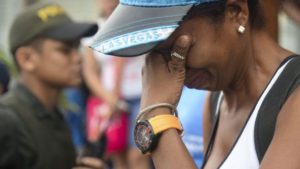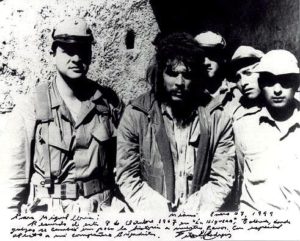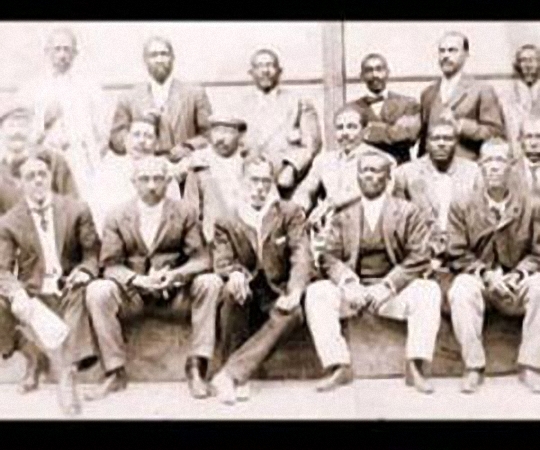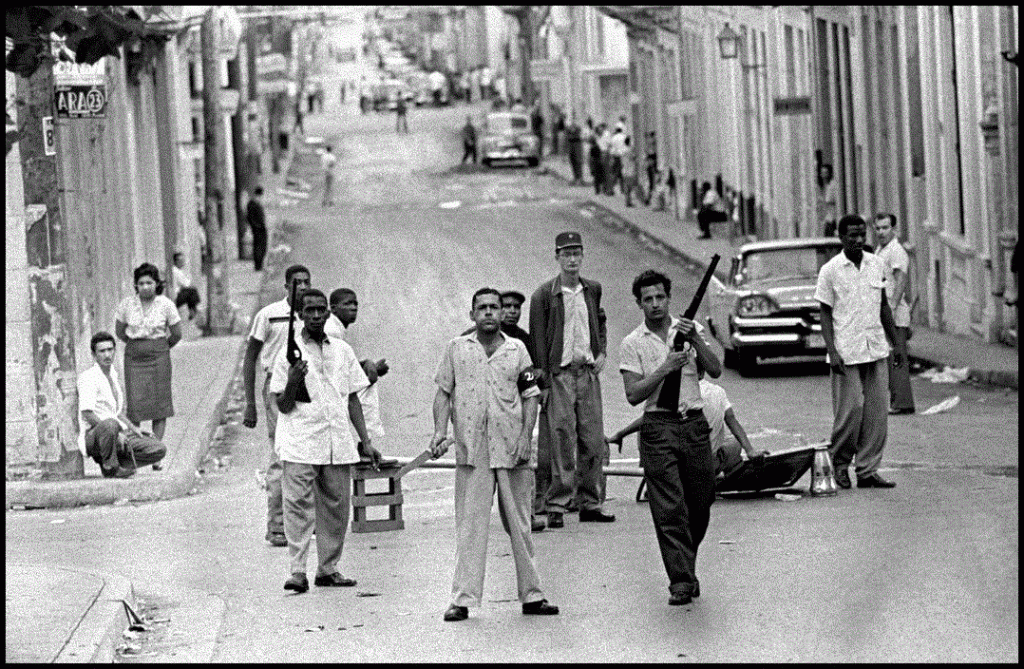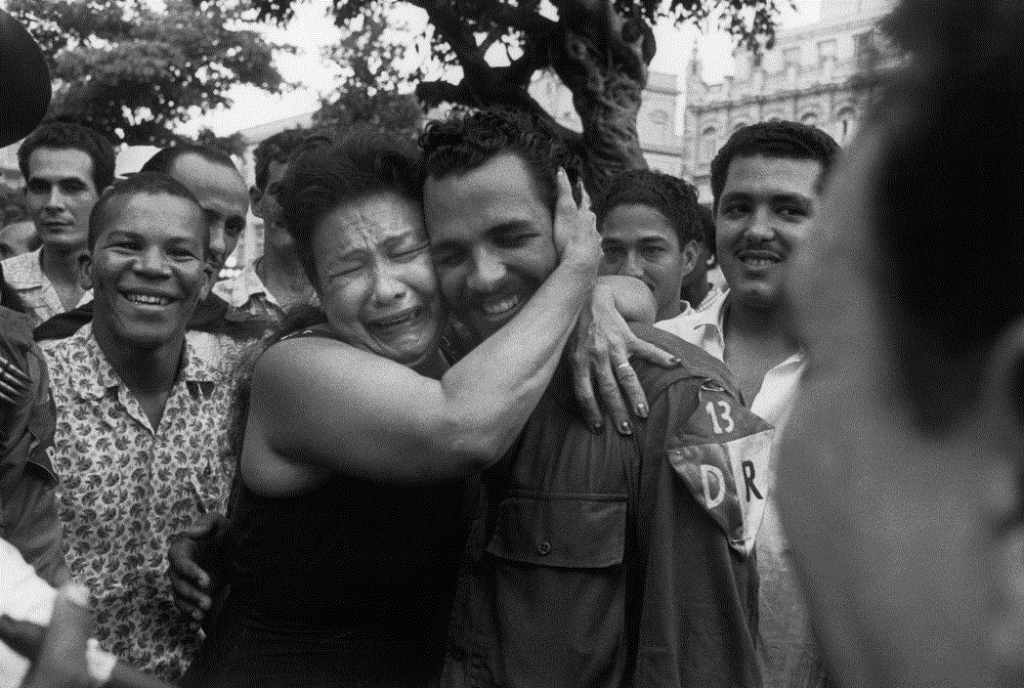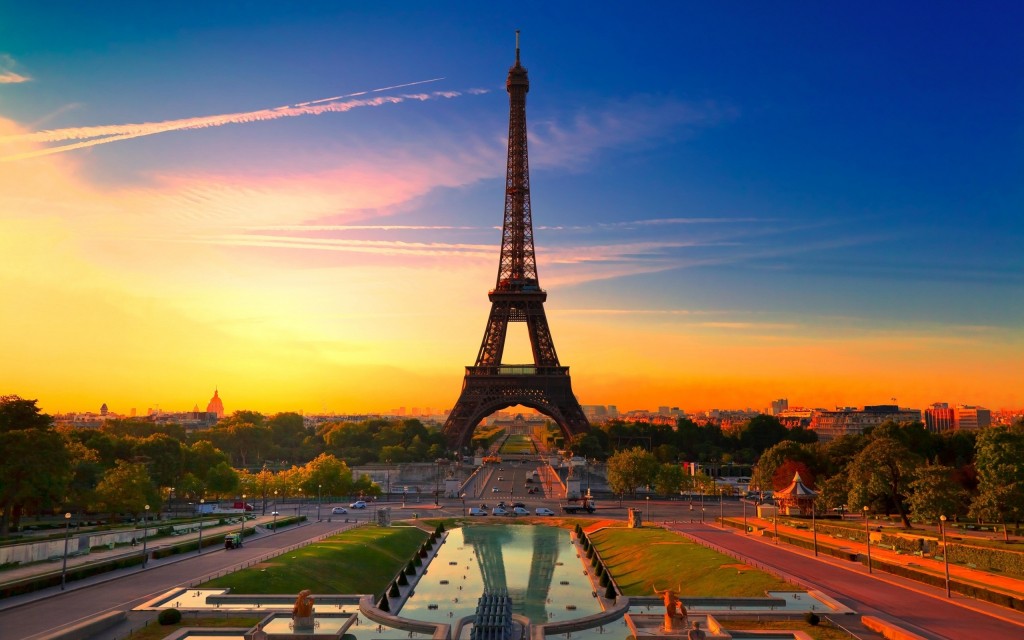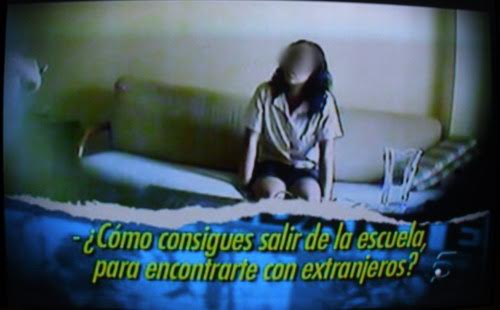Somos+, Jose Presol, 18 January 2017 — We expected it for a long time and it happened, but when we weren’t in the line for the ration book. I am referring to the end of the “wet foot, dry foot” policy. We all knew that it would end, but what we least imagined was that it would be now and done by the current president, Barack Obama.
It had to be sooner or later. The American people are leaning toward a policy of protectionism and focusing on their own problems and stumbles, and there are many Cubans in exile who affirm, “I am not politically persecuted, I came to resolve my economic problems.”
At the same time, there are constant complaints that old and current repressors and collaborators with the Cuban political regime are also in the United States, and whether or not they are still collaborating with the tyranny is not clear. This had to come. continue reading
Obama, who not so long ago seemed wonderful to so many people, now has thousands of defects. No friends, his message was clear, “Cuba’s problems must be solved by Cubans.” One more thing we have heard and interpreted according to our own convenience.
That was a way of saying, among other things: Gentlemen, the American taxpayers have no obligation to indefinitely finance the immigration of citizens of other nationalities, especially when we are not sure of their ideology and when these funds are needed, for example, to improve the conditions of our own veterans.
Few governments in the world are not aware that these resources are not unlimited and that this problem is not solved by “minting money.”
The fault belongs to us, Cubans. We all know, we are not fools, that the problem is not that there is no food, the problem is those who have made it so that there is no food. We have found it more convenient to confuse the symptoms with the disease. We have found it more convenient to deny reality. We have found it more convenient to say, with clenched teeth “over there,” that it is an economic problem.
But yes, it is an economic problem, but please, haven’t we been under a constant bombardment of Marxist doctrine for 58 years? Have we not listened to a single word? Hey guys, they say it themselves, “The economic problems are political problems.”
I am not a fortune-teller and I don’t know what the evolution of the problem in Cuba will be, but I am sure that there have already been two things: 1) a bucket of cold water for those who hoped to “escape” the situation, and 2) the disappearance of the escape valve from the current situation in Cuba, which does not please the regime, despite their saying otherwise.
As I said, I do not know how the subject will evolve, but I have hope that it will end up radicalizing the postures inside Cuba and clarifying them outside Cuba, and vice versa.
I hope that we Cubans, once and for all, will face our problem, trying to provoke quantitative changes (so they will understand me, I use Marxist terms) that, in accumulation, end up producing qualitative changes.
And those quantitative and qualitative changes begin with ourselves.
First, we have to think about who our real rival is and face it, without palliatives; finding all the cracks in the system and enlarging them, analyzing their contradictions and denouncing them.
Second, recognize that the problem of Cuba belongs to Cubans, all of us without exception, and that Cubans must solve it, and forget about remedies, collective or individual, that come from outside.
Third, we need to focus on programs and lines of action to conquer our rival; focus on weakening everything that benefits it; focus on highlighting the weaknesses and errors of the system.
Fourth, these programs and lines of action should focus on Cuba’s real needs. We must not return to situations that we often yearn for and fail to recognize that they were the reasons for what we have now. We must build a New Republic, with the ideals of freedom and democracy from our early founders.
Fifth, around these programs and lines of action, we have to create the necessary unity (and, why not, organization) to gather forces instead of dispersing them, not looking for some leader to solve it for us.
Sixth, these programs and lines of action must be peaceful, we are children of a nation that has not known peace and tranquility since October 10, 1868, it is high time that we also address that.
Seventh: Cubans, think. You are the children of the people who fought for 30 years for independence, who suffered 4 years of American occupation, people who have had 57 years of a false republic and more occupations (material or mediated) and another 58 of tyranny. We have fallen many times and many times we have risen, even mistaking and getting it wrong again. So get up at once and contribute with your effort and imagination. This is your opportunity. Do not let it pass.
Translated by Jim
